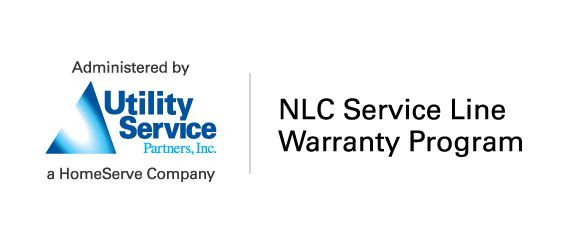
America’s Water Infrastructure Continues to Receive Failing Grades
The definitive report on U.S. infrastructure illustrates the deep challenges the nation faces in upgrading its water and wastewater systems. The U.S. received an overall grade of “D+” on the 2017 American Society of Civil Engineers (ASCE) Infrastructure Report Card. Wastewater and drinking water infrastructure scored a “D+” and a “D,” respectively.
The ASCE defines a “D” grade as one that finds “the infrastructure is in poor to fair condition and mostly below standard, with many elements approaching the end of their service life. A large portion of the system exhibits significant deterioration. Condition and capacity are of serious concern with strong risk of failure.”
Twenty-Eight civil engineers from across the country volunteer their time to work with the ASCE Infrastructure Initiatives staff to review data and consult with technical and industry experts to assign the grade. Eight criteria are used to evaluate infrastructure, including the capacity for such infrastructure to keep pace with future growth; the capacity of planned funding to meet future needs and the impact the current state could have on public safety.
According to the report on Wastewater, nearly 240 million Americans – 76% of the population – rely on the nation’s 14,748 treatment plants for wastewater sanitation. By 2032 it is expected that 56 million more people will connect to centralized treatment plants, rather than private septic systems – a 23% increase in demand. In the U.S., there are over 800,000 miles of public sewers and 500,000 miles of private lateral sewers connecting private property to public sewer lines. Each of these conveyance systems is susceptible to structural failure, blockages, and overflows. The U.S. Environmental Protection Agency (EPA) estimates that at least 23,000 to 75,000 sanitary sewer overflow events occur in the United States each year.
The report points out that as new users are connected to centralized treatment, older conveyance and treatment systems must manage increasing flow or new treatment facilities must be constructed. It is estimated 532 new systems will need to be constructed by 2032 to meet future treatment needs.
The report on Drinking Water informs readers that drinking water is delivered via one million miles of pipes across the country, and that many of those pipes are coming to the end of their lifespan. Although the quality of drinking water in the United States remains high, legacy and emerging contaminants continue to require close attention. While water consumption is down, there are still an estimated 240,000 water main breaks per year in the United States, wasting more than 2 trillion gallons of treated drinking water. The report card cites the American Water Works Association estimate that approximately $1 trillion is necessary to maintain and expand service to meet demands over the next 25 years.
The report card also notes that while drinking water infrastructure is funded primarily through a rate-based system, the investment has been inadequate for decades and will continue to be underfunded without significant changes as the revenue generated will fall short as needs grow.
This infographic, also part of the 2017 Report Card, explains the need for investment in water and wastewater infrastructure.
In a further study examining the impact of the widening gap between the failing condition of the nation’s infrastructure and the funding needed to improve it, losses were quantified in ways that go beyond the dollar figures needed to fund the improvements:
- $3.9 trillion in losses to the U.S. GDP by 2025
- $7 trillion in lost business sales by 2025
- 5 million lost American jobs in 2025
And to bring the dollars home on a more personal level, it is estimated that around $3,400 in disposable income is lost annually, per family, due to things like poor roads, traffic congestion, flooding and power outages.
On top of these expenses, the private infrastructure, such as water and sewer lines, serving families’ homes, have been subjected to the same elements that are causing our nation’s infrastructure to fail. When a private water or sewer line breaks, it can bring a repair bill that is several thousands of dollars.
Contributed by National League of Cities Service Line Program
The National League of Cities (NLC) Service Line Warranty Program helps residents of partner municipalities repair or replace thousands of water and sewer laterals every year. The Program has helped more than 140,000 residents in cities and towns around the U.S. save more than $90 million in repair expenses. The Program is also dedicated to helping protect the water systems that are vital to communities while educating both homeowners and municipal leaders about ways to improve sustainability.
For questions, please contact Utility Service Providers – Ashley Shiwarski at ashiwarski@utilitysp.net.




